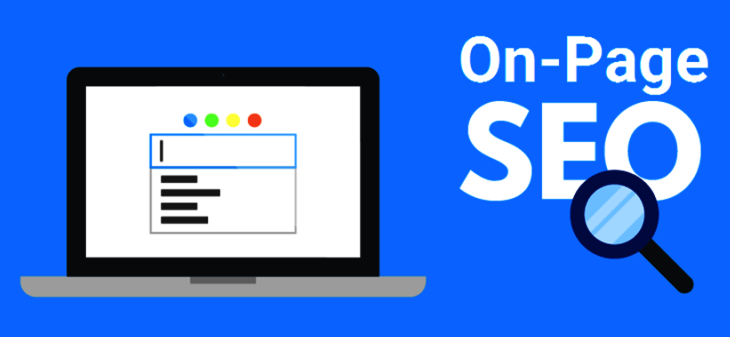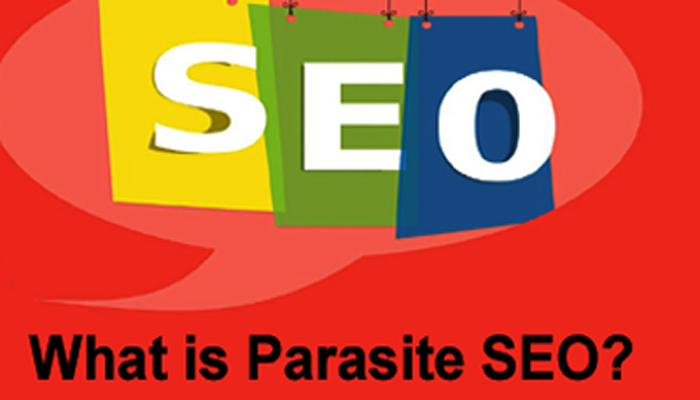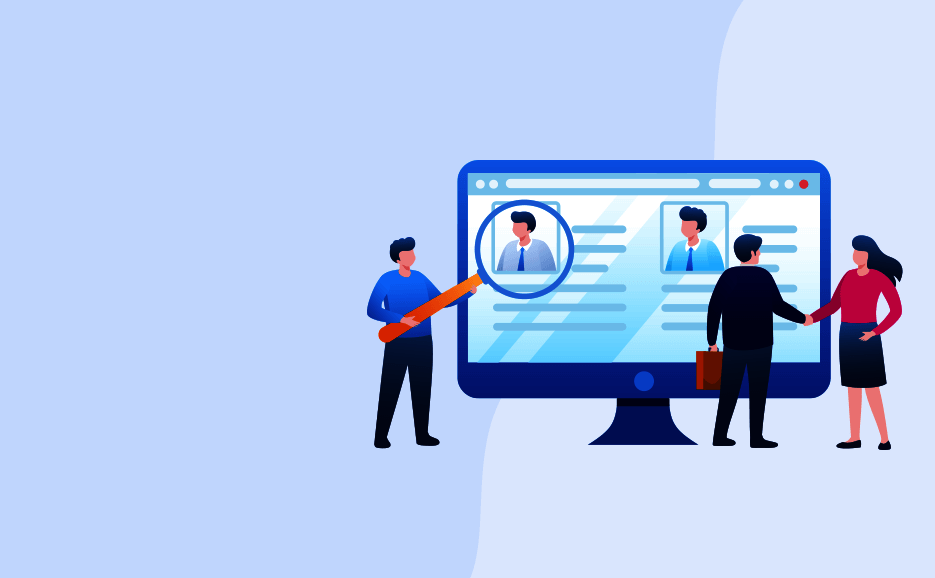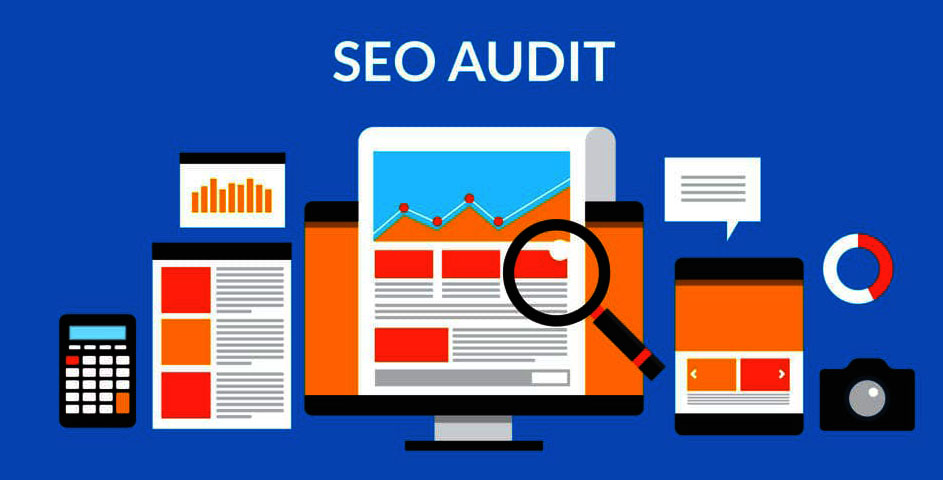If you have a blog online or a website, you must have heard of the term SEO. It’s short for Search Engine Optimization.
What is On-page SEO
Search Engine Optimization involves several techniques that impact your blog’s/site ranking in various search engines like Google.
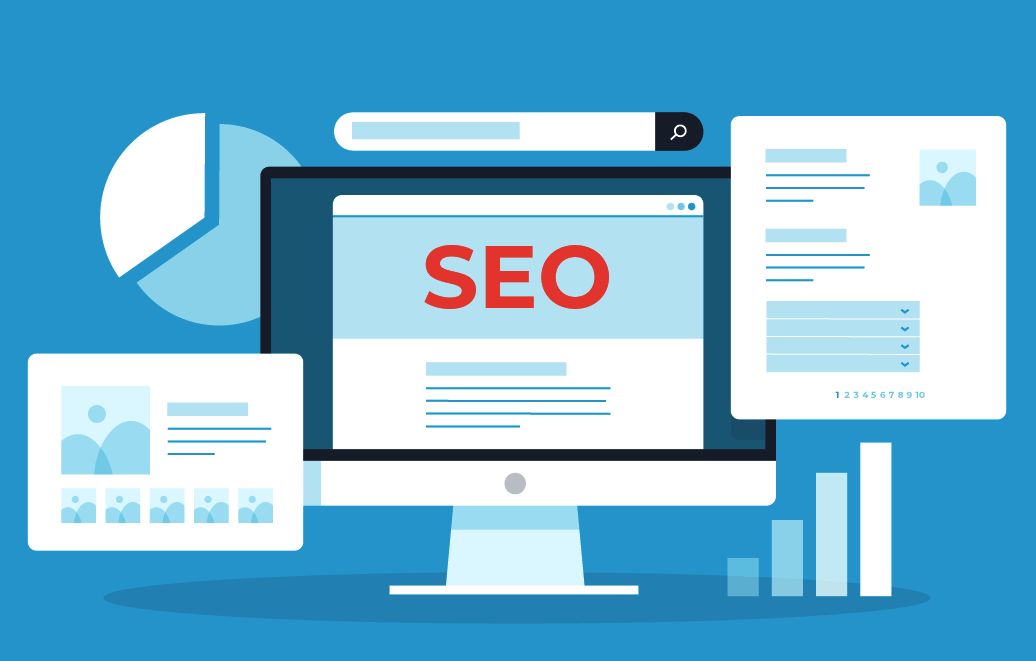
SEO further branches into on-page and off-page SEO.
On-Page SEO revolves around the optimization of blog pages or website pages by working on said pages. Meaning, to get individual posts/sites ranked, you optimize those said pages using keywords.
Off-Page SEO promotes your blog/site externally, for example, on other websites like creating backlinks, writing guest posts, etc.
On-Page SEO Tactics:
Let us provide you with a few tips and tricks to use for On-page SEO to help your website get good rankings on Google.
1) Start with an Ingenious Title:
The easiest and most effective thing you can do for your blog’s optimization is to have a keyword title. Actually, try and begin your title with a keyword.
2) Good Quality Content:
You must have heard and read this many times, but it is crucial for blogging that you must have good quality content. To increase engagement and drive organic traffic to your blog, helpful and creative content is necessary.
3) Don’t Forget to Add Header Tags for Title:
Bloggers should always be familiar with HTML code. Most blogging sites code your post on their own. In case they do not offer this facility, you should be familiar with HTML
Header tags are H1 tags and are used for the title of your page. Make sure the title is like this:
<h1>Title</h1>
This is how search engines rank your page, so always remember to add this.
4) Add Internal Links:
Internal links are added to your texts. Make sure you add links to products and sites for easier access to people and their better understanding
5) Optimize Images:
Let’s be honest people like looking at a page that has good HD quality images. We all love aesthetics, and pictures do just that. Here’s the catch though, you can use those very images to optimize your blog
- Make sure the images are compressed as that will increase navigation speed and reduce data costs for users.
- Rename or code your images in such a way that they have a keyword in it for SEO.
6) How To Use Meta Tags/Descriptions:
Whenever you search for something on Google, the search results always include a description. Make sure to use effective keywords in your Meta Description to get a ranking on Google.
7) URLs:
Even URL’s can be used for SEO. Make sure your URL has the necessary keywords in it and is concise.
You can now see just how vital On-Page SEO is for building your business on the internet. All these little tips and tricks will go a long way in helping your blog get more traffic and get ranked on Search Engines.

